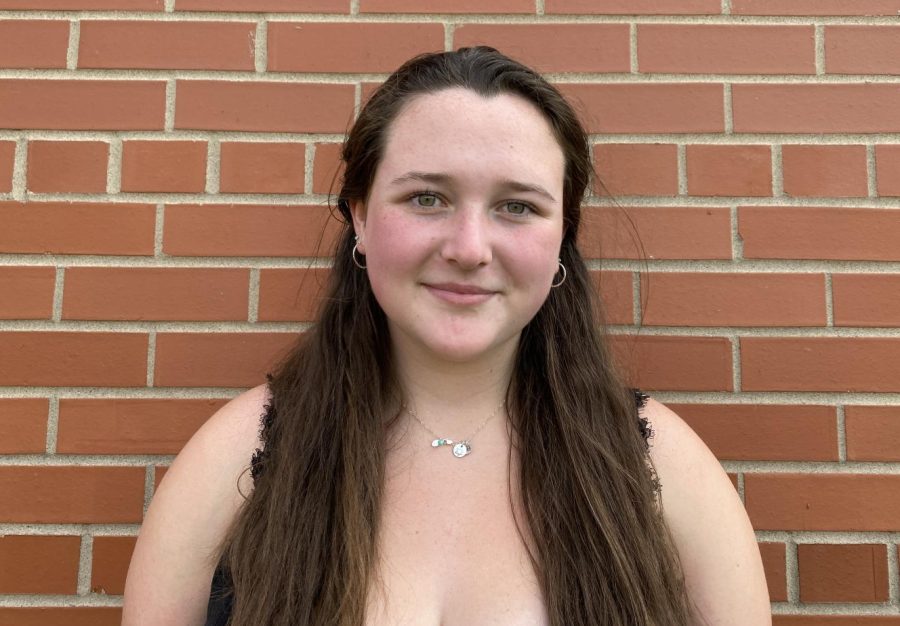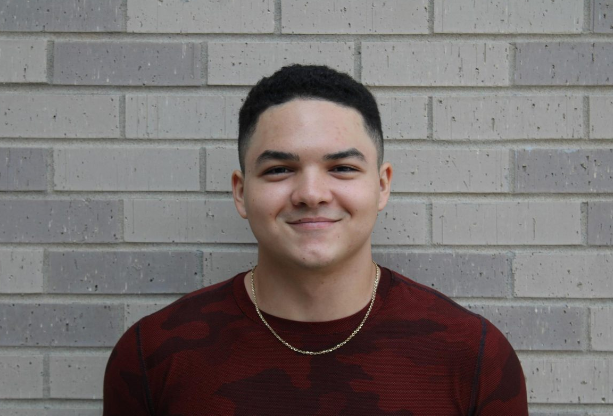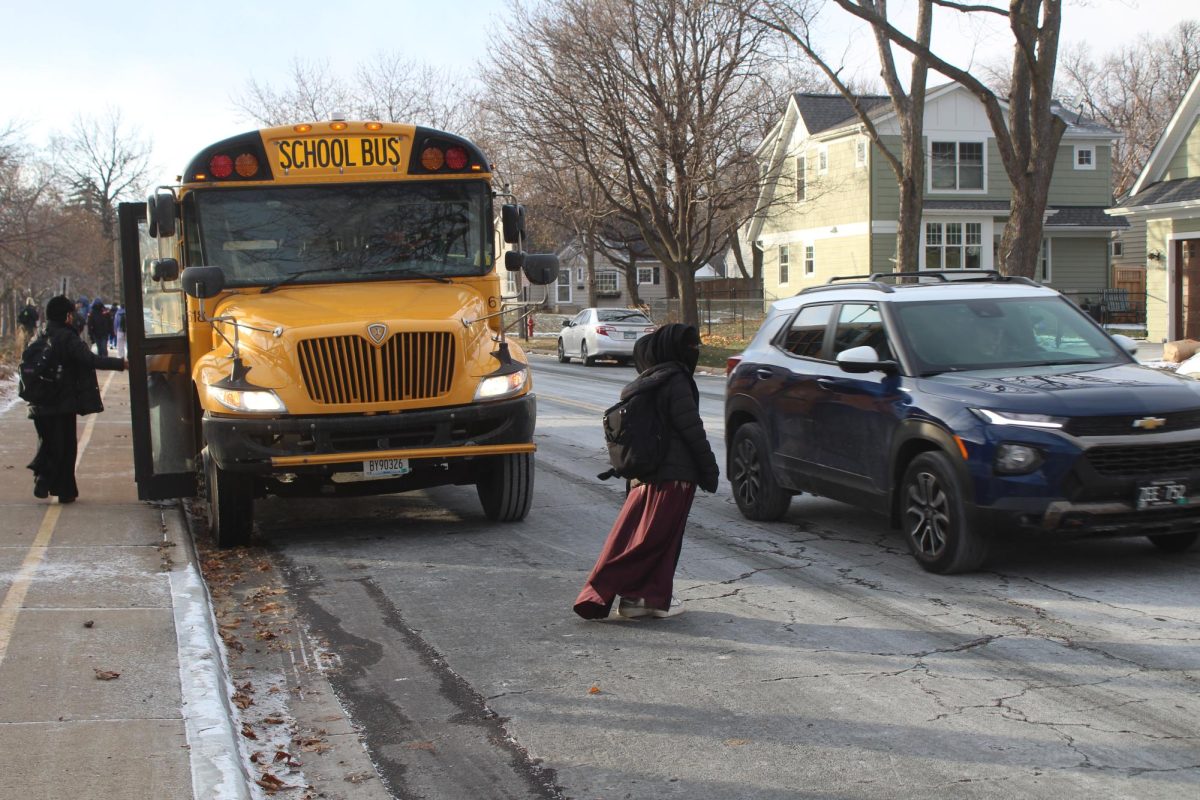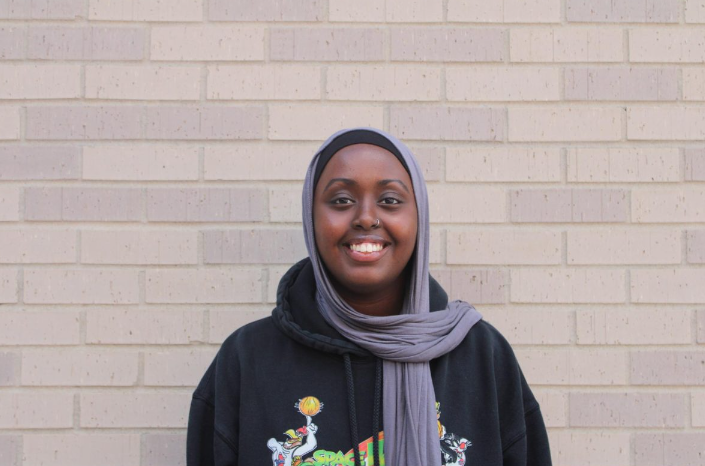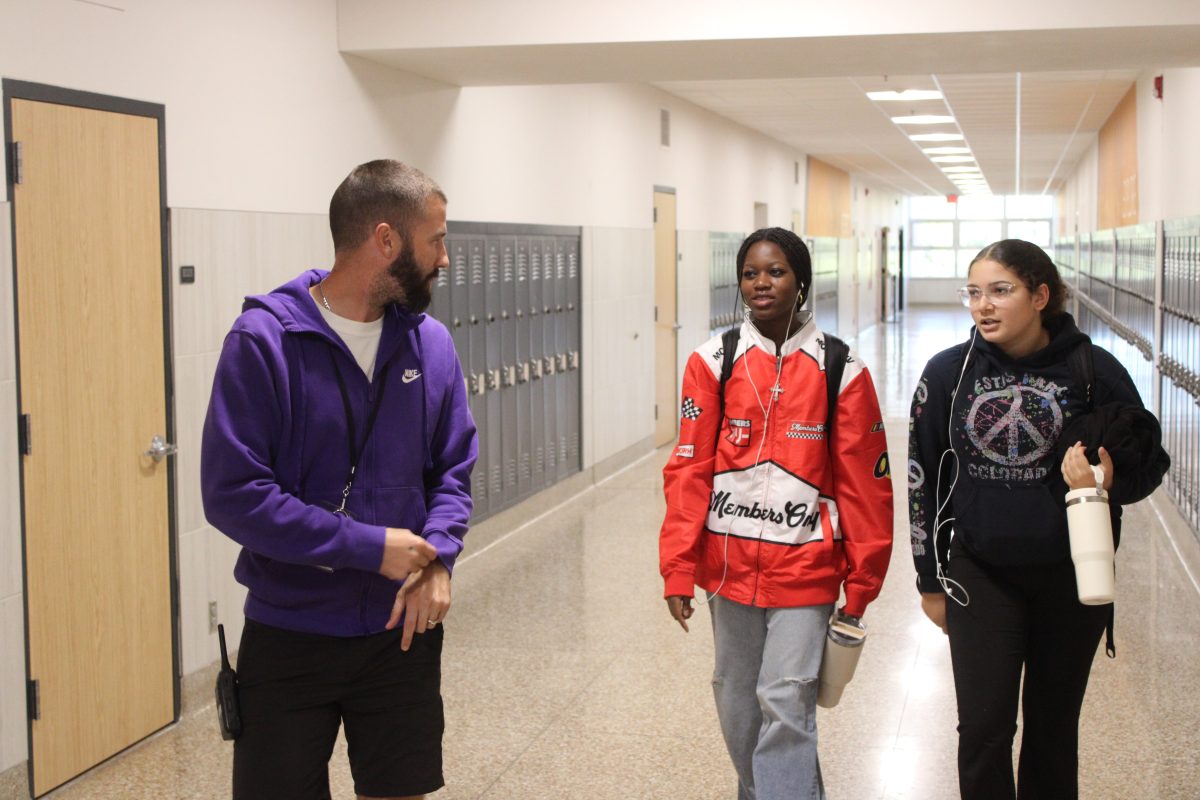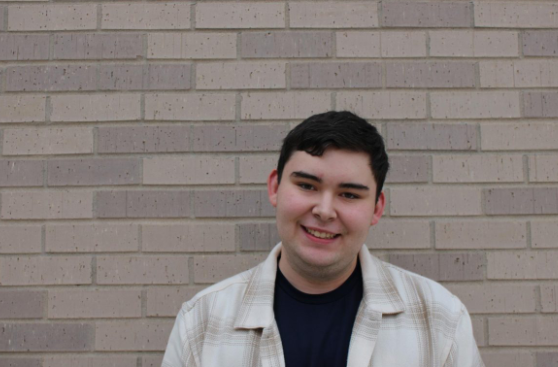As I begin the college application process, diversity is a big thing I’m looking for in a school. I want to learn surrounded by all different viewpoints and lived experiences. The Supreme Court ruling in June that ended race-based affirmative action in college admissions is a huge step in the wrong direction for this country. It undoes years of progress towards equal opportunity in higher education, exactly what the court claimed to be protecting.
Race-based affirmative action in college admissions was a way to slowly create racial equity in higher education. Instead of only looking at test scores and grades, it allowed schools to take into consideration historical advantages or disadvantages faced by different demographics. They could then give more opportunities to applicants from demographics that have been underrepresented in higher education for generations, in turn making schools more representative of the nation as a whole.
By destroying this approach, the U.S. Supreme Court is effectively ignoring how racist policies from the past still affect the U.S. today, condemning the whole country to uphold those same policies in the future. The court failed to address legacy admissions, a system that overwhelmingly supports white applicants while disavowing affirmative action, a system that supports non-white applicants.
The six justices who voted against affirmative action claim they are fighting to uphold equal protection under law. The court asserts that by admitting more African American, Latino and indigenous students, the schools were decreasing the number of Caucasian and Asian American students that could be admitted. They ruled that the schools are using race as a negative for some students and a positive for others, thus violating the law. They believe by removing any consideration of race, the admissions process will be more fair in the end and will give all applicants equal opportunity, no matter their race.
We will see less diversity in higher education, as we have seen when states have instituted similar bans on race conscious college admissions policies. We will also lose the perspectives brought to schools when people with different backgrounds are able to learn together.
The court fails to understand there is no such thing as equal opportunity, and there will never be until we achieve true equality. That means giving equal resources and equal help to succeed, but unfortunately — by trying to ensure colleges are fair in their admissions policies — the Supreme Court made it all the more difficult to create a future with true equal opportunities.



